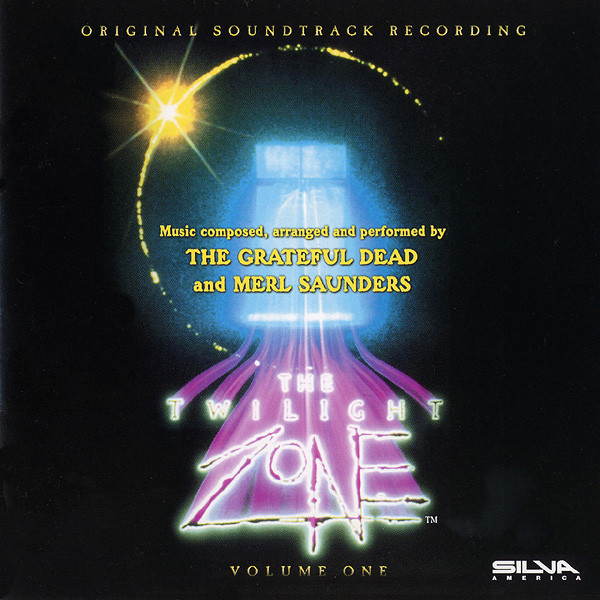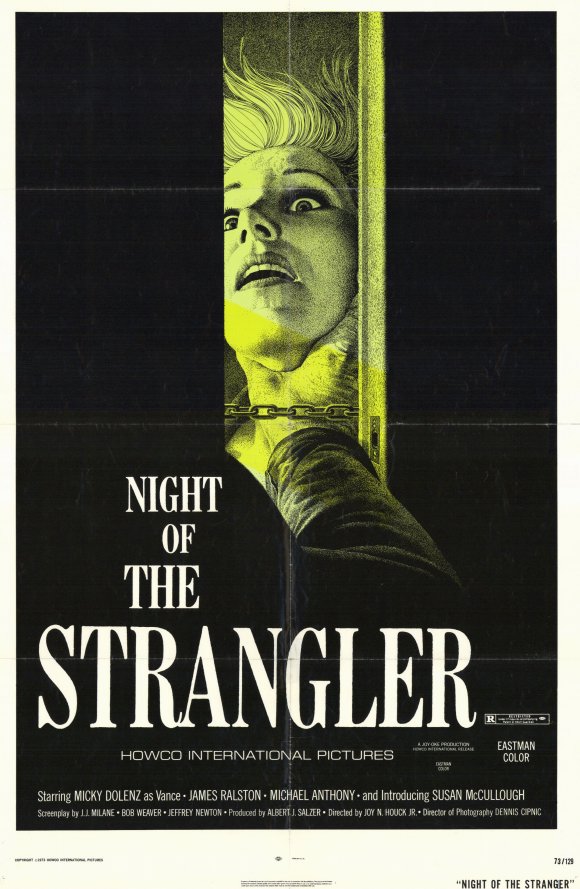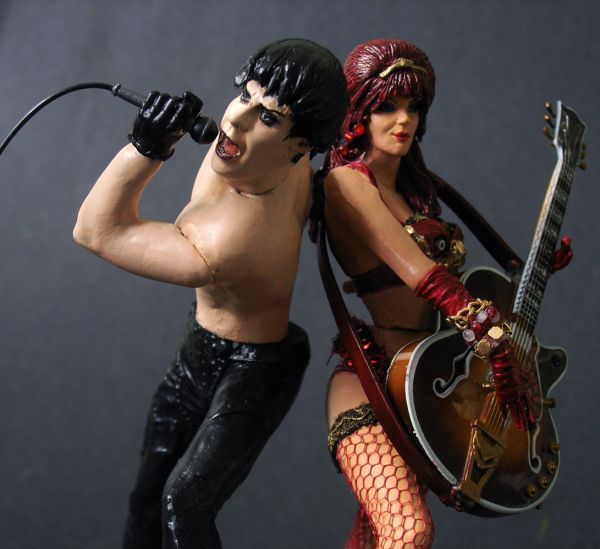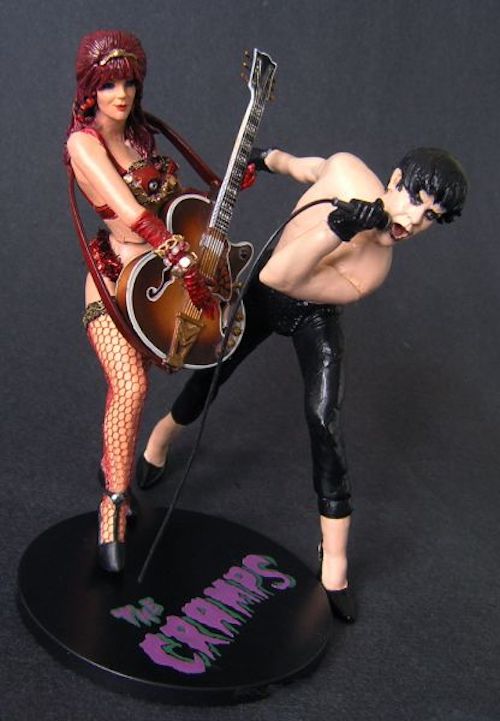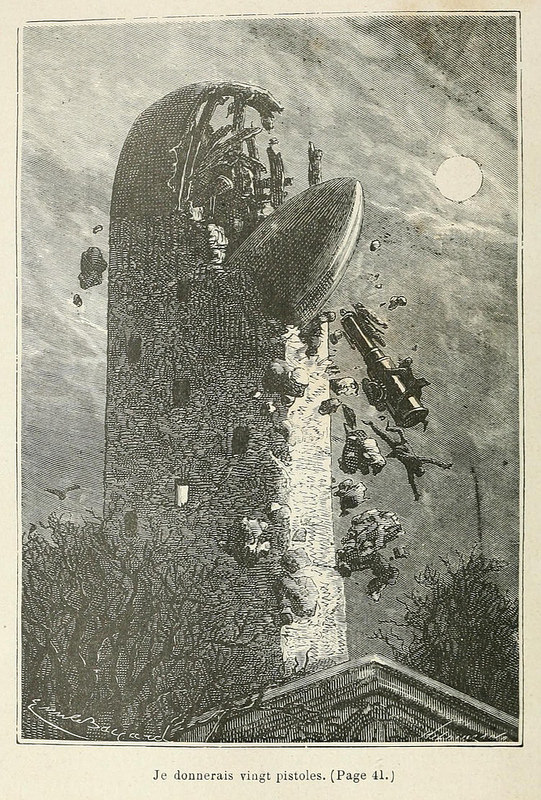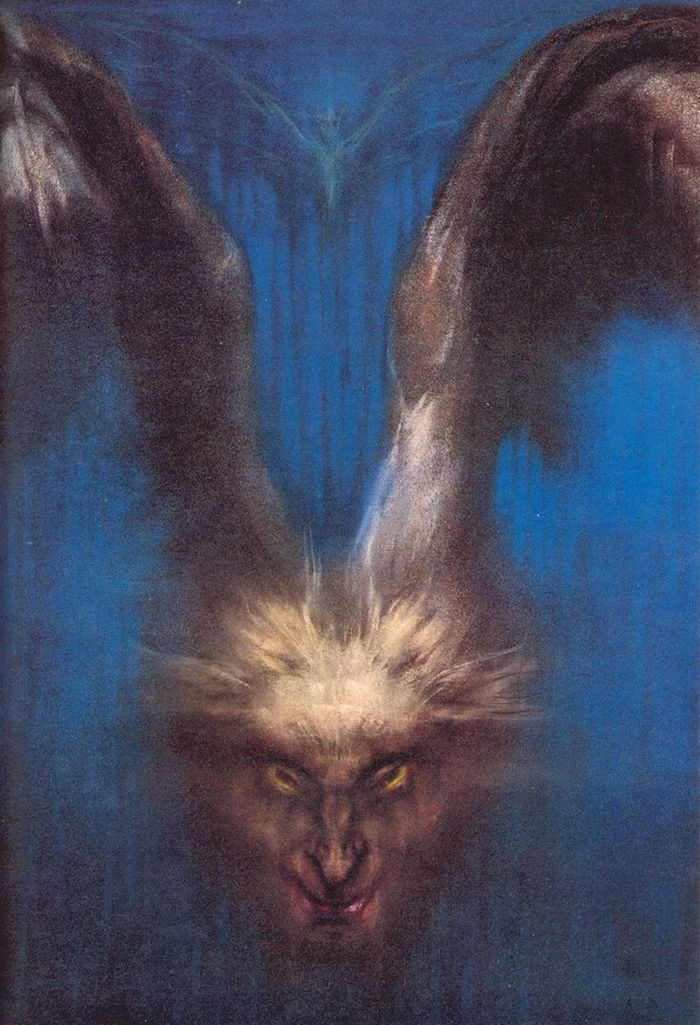
Austin Osman Spare was an outsider artist, an occultist, a writer, a philosopher of sorts, and a clarinet player. His career as an artist burst like a firework against a full dark night—a quick, bright, early success fading to a slow and unworthy decline into poverty, dirt, and virtual obscurity. The myths about Spare and his involvement with the occult often take precedence over his talents as an artist. This is a pity, as Spare was a tremendously complex artist who deserves far greater recognition than being tagged merely as someone who is collected by Led Zeppelin’s Jimmy Page.
Spare was born into a working class family in London on December 30th, 1886. His father was a policeman, his mother the daughter of a Royal Marine. This was a no-nonsense, square-headed family who lived in a tenement in Smithfield—the city’s meat market district. Every day on his way to school, Spare had to wander through the busy market with its hanging flesh and blood splattered cobblestones. As an animal lover, he hated this brutal bloody carnage.
As a child, Spare showed a prodigious talent for drawing, which eventually led to his exhibiting work at the Royal Academy in his teens. There’s a story that his father, who was a stickler for correct English grammar, saw a news vendor selling papers with the headline “Local Boy Hung.” His father being an utter jobs-worth made his way across to the vendor to correct the word “hung” to “hanged.” It was only when he read the story did he realize this was not about some ghastly execution of a murderous youth but a report on his very own son having work exhibited at the RA.
His technique for line drawings saw Spare hailed as the new Aubrey Beardsley—who was then the fashionable Decadent artist of polite London society. This should have been a caveat. Fashionable artists tend to bloom and fall with the season. Spare’s startling early success—where it seemed nearly every art critic hailed him as the next big thing—soon vanished. It must have been galling and utterly confusing for him. In some respects, it could be argued that his background and his class went against him in the London art world. Add to this Spare’s growing interest in the occult, which saw George Bernard Shaw dismiss his work as “strong medicine” that was not to everyone’s taste.
His interest in the occult started with his early reading of Madame Blavatsky before moving onto Agrippa and then becoming friends with Aleister Crowley. Whatever happened between these two men to sour their relationship isn’t fully known other than Crowley described Spare as a “Black Brother”—an occultist who had failed to submit his ego for the advancement of learning—or in plain English, to submit himself to the will of the “Great Beast” or one Mr. A. Crowley.
A dabbling in the occult is always good copy when explaining why things turned out the way they did. Though Spare did devise his own magical rituals (which heavily influenced modern Chaos Magic) and beliefs involving Zos (“the body considered as a whole”) and its complementary force Kia—which were “symbolised anthropomorphically by the hand and the eye”—it is fair to say, he was ultimately probably a bit of a confabulist about his magical powers. He was later aided and abetted in this myth-making by fellow occultist and writer Kenneth Grant, who believed he had found his own personal magus in Spare. Unfortunately, Grant made up so much of Spare’s alleged magical powers that it is unclear as to what Spare actually did believe and what he actually practiced. For example, it was claimed Spare was inducted into the occult by an octogenarian witch who seduced him when he was a boy. Great story, but most likely false. Similarly, Grant wrote eloquently about Spare’s use of magical sigils where “any wish may be given symbolic form,” which was to a large extent true but never seemed to deliver the “particular desire in question.” Spare’s use of magic never extricated him from anything but seemed to keep him in the direst poverty, obscurity, and near starvation. A life of painting in a tiny darkened basement, where he collected stray cats and drawing portraits in pubs for beer and sandwiches. After Spare’s death in 1956, Grant claimed this kind of “intense disappointment” was the way by which Spare attained greater enlightenment. But of course!
Spare was a unique and consummate artist. He was a visionary in the tradition of William Blake or even to an extent Stanley Spencer. And while his belief in magic and the occult has relevance to his artwork it shouldn’t become the determining factor when appreciating Austin Osman Spare’s art which has an impressive range of styles and techniques, which has led some to describe him as “the first Surrealist” and even (surprisingly) the first Pop Artist.
But in truth, he wasn’t any of those things. He was just Austin Osman Spare, artist.

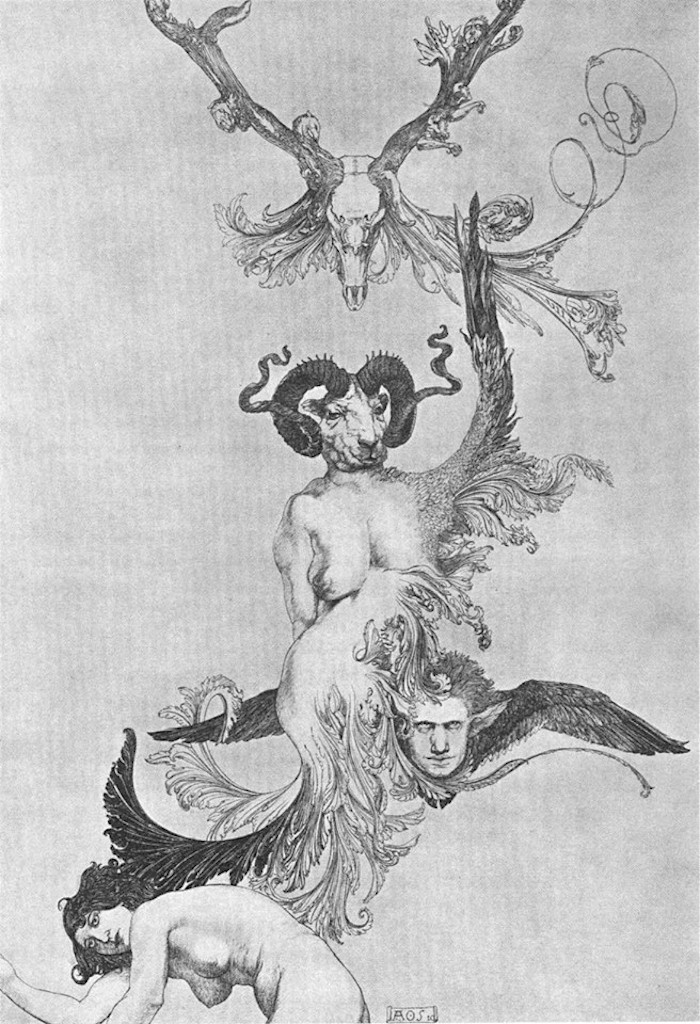
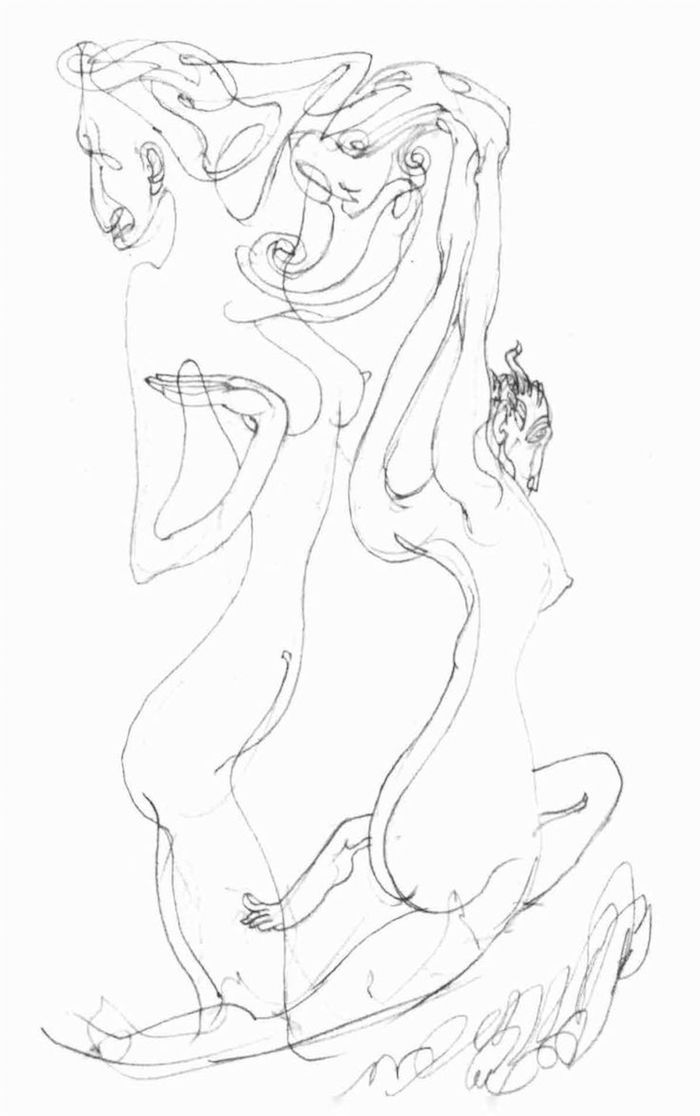
See more of AOS’s work after the jump…
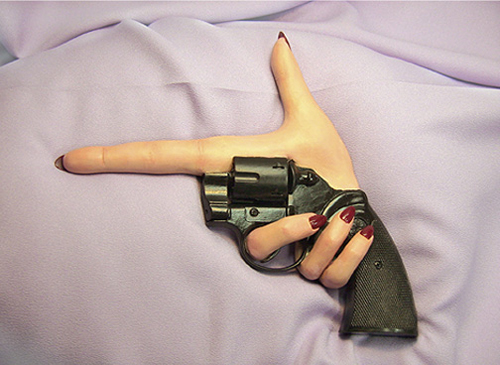
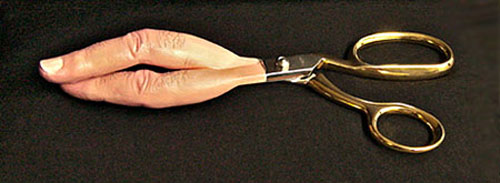














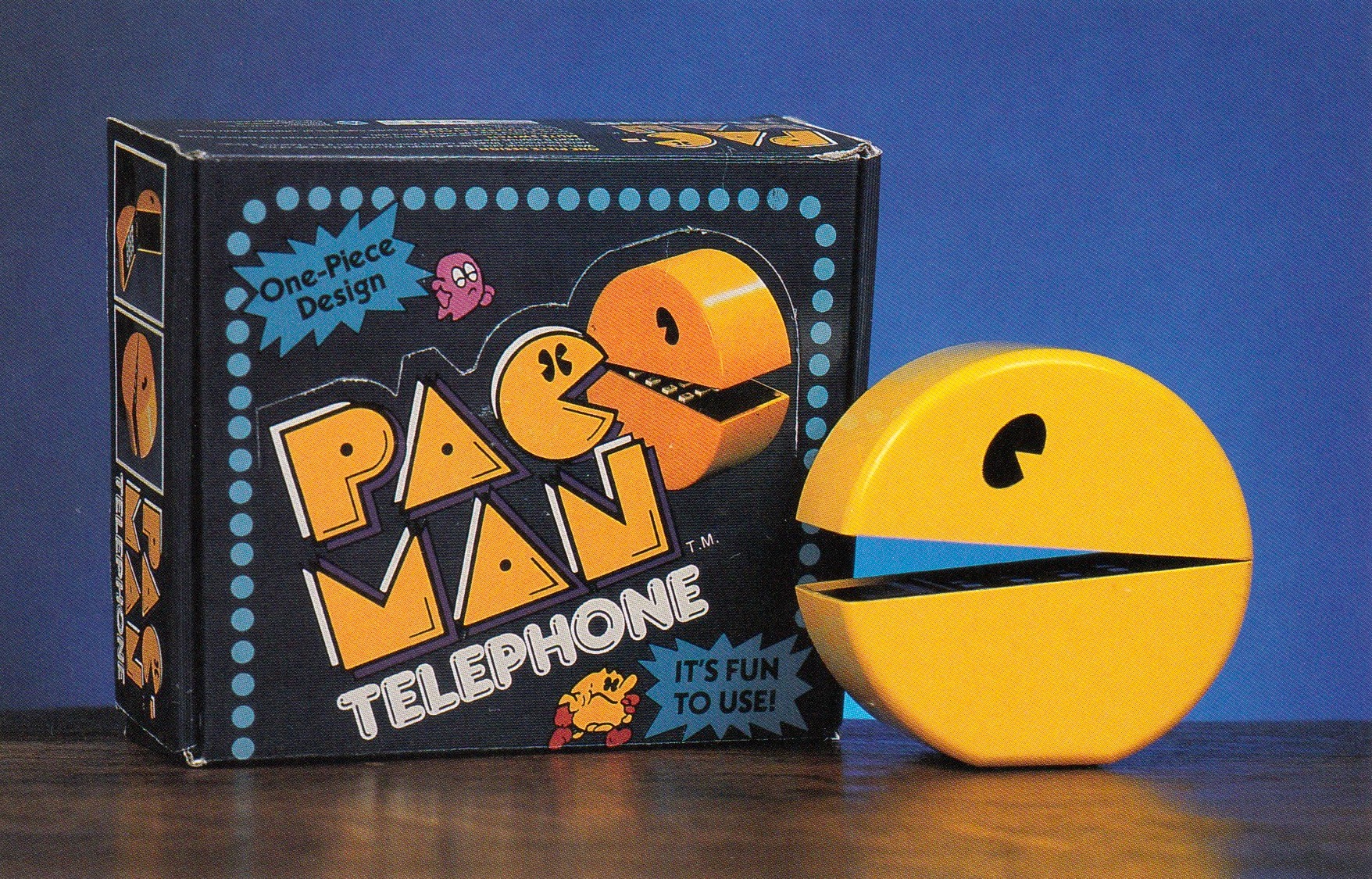
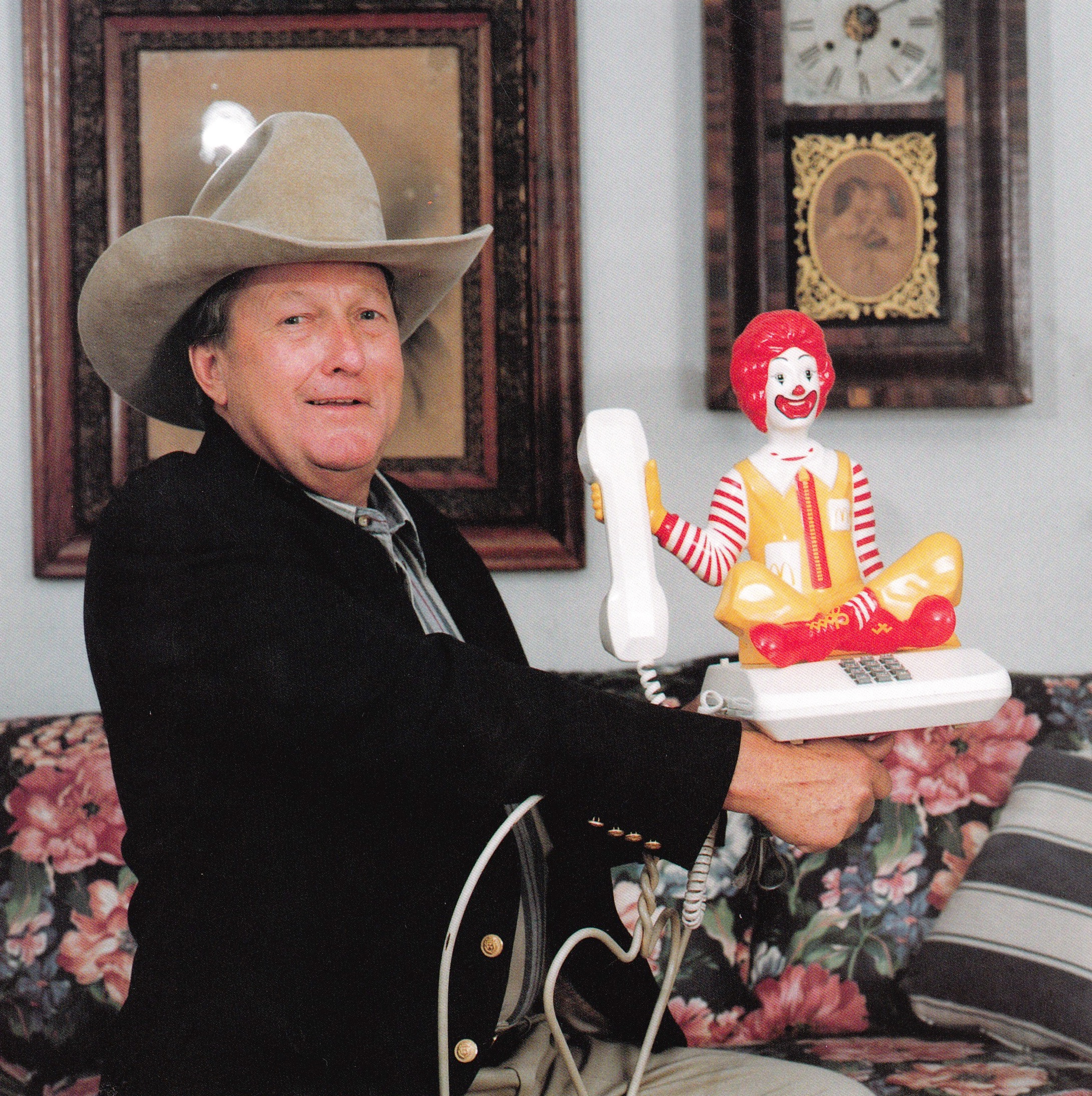

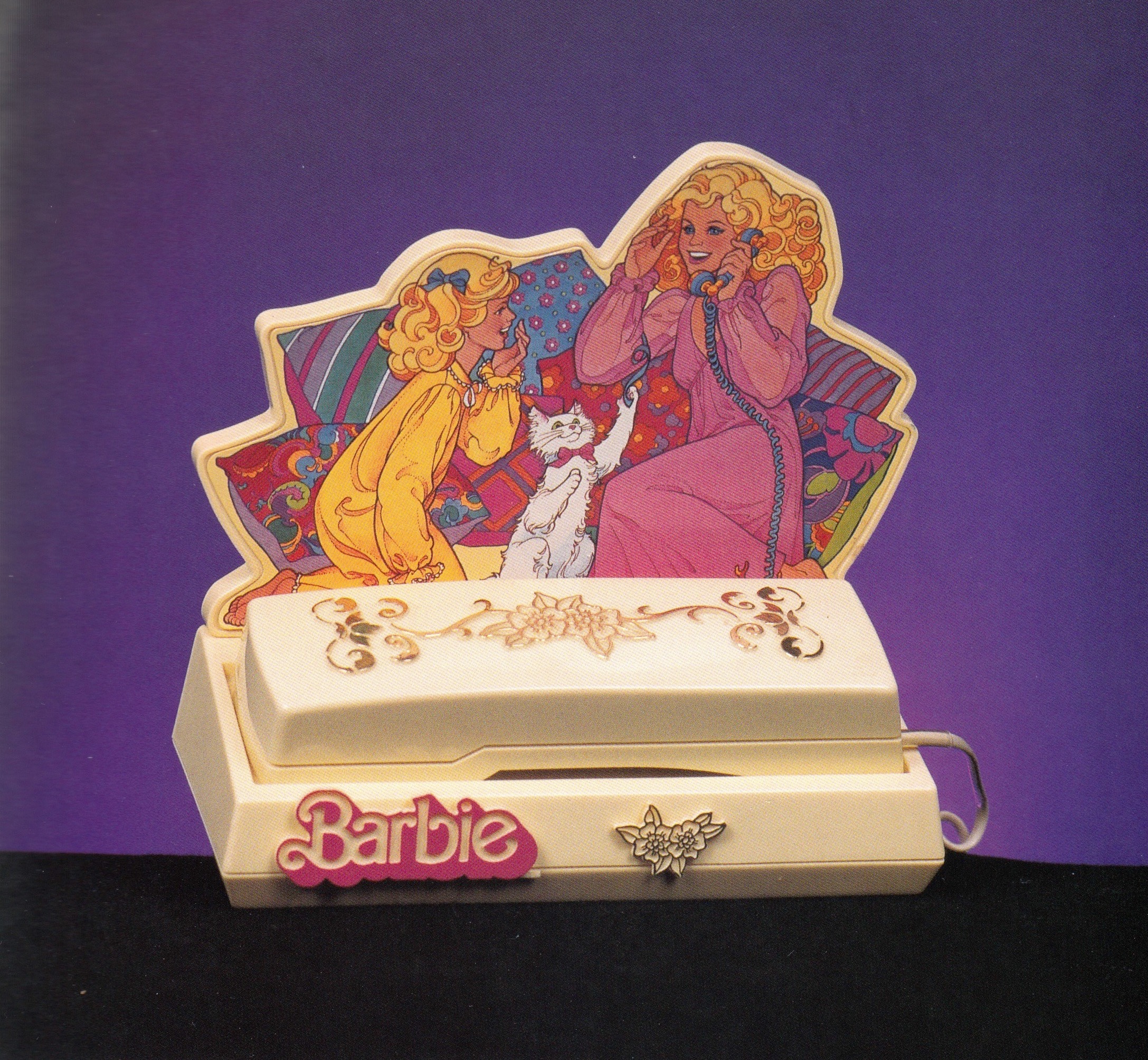
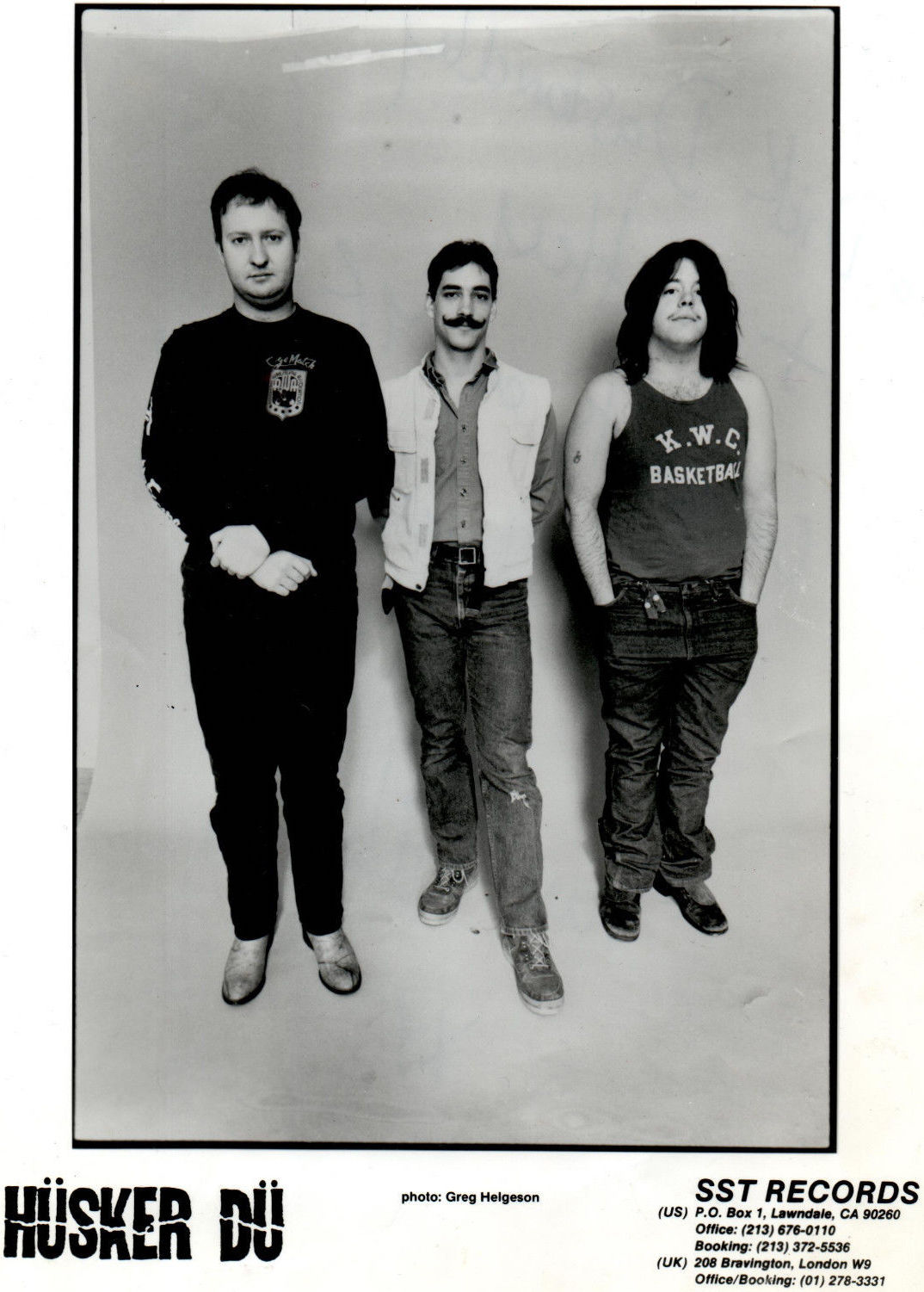
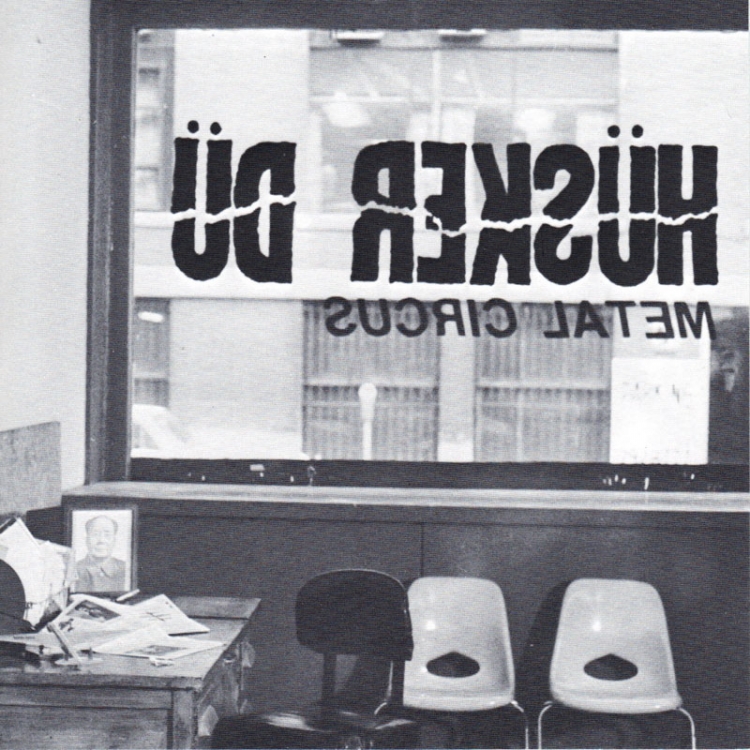


2.jpg)
